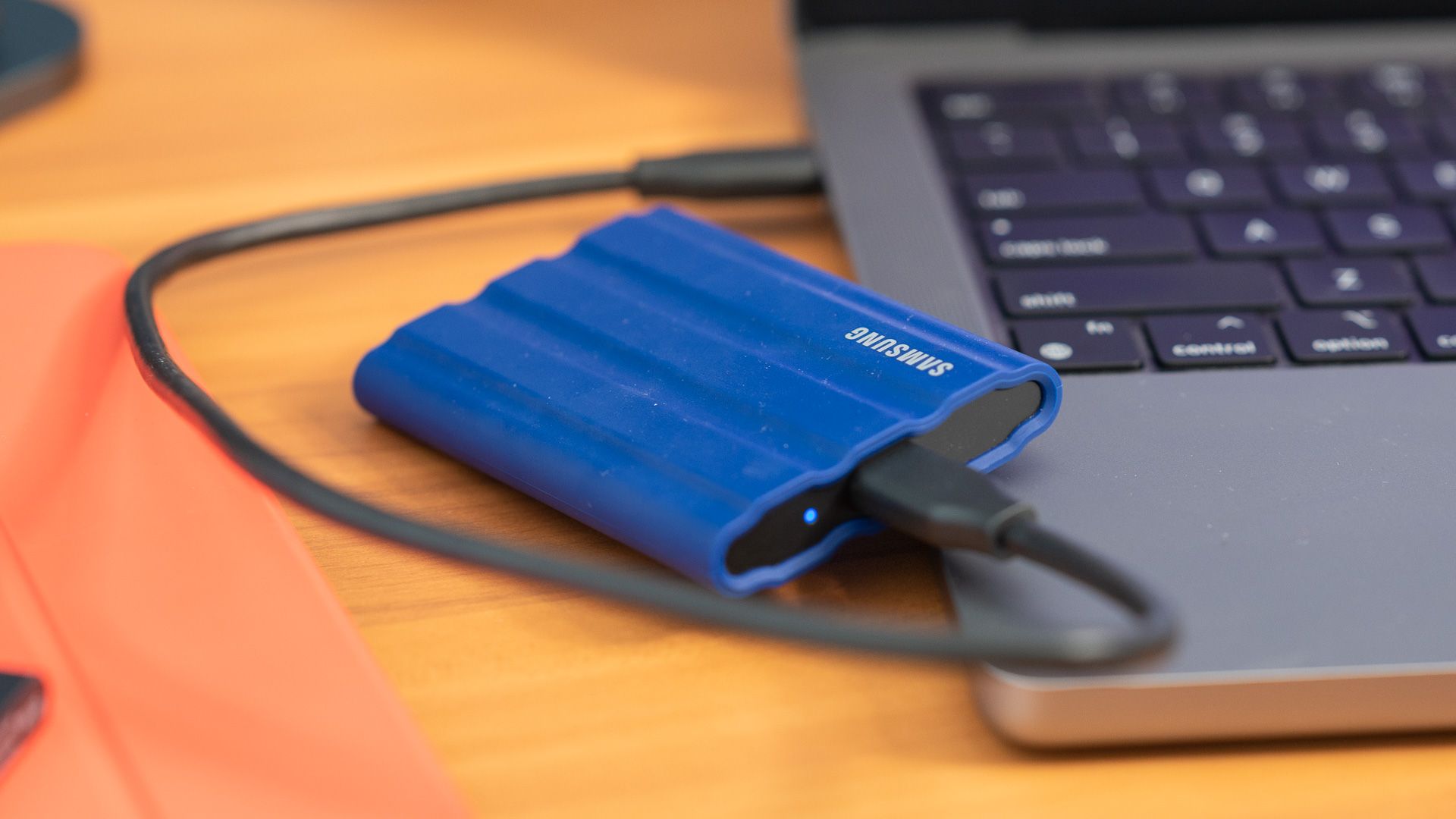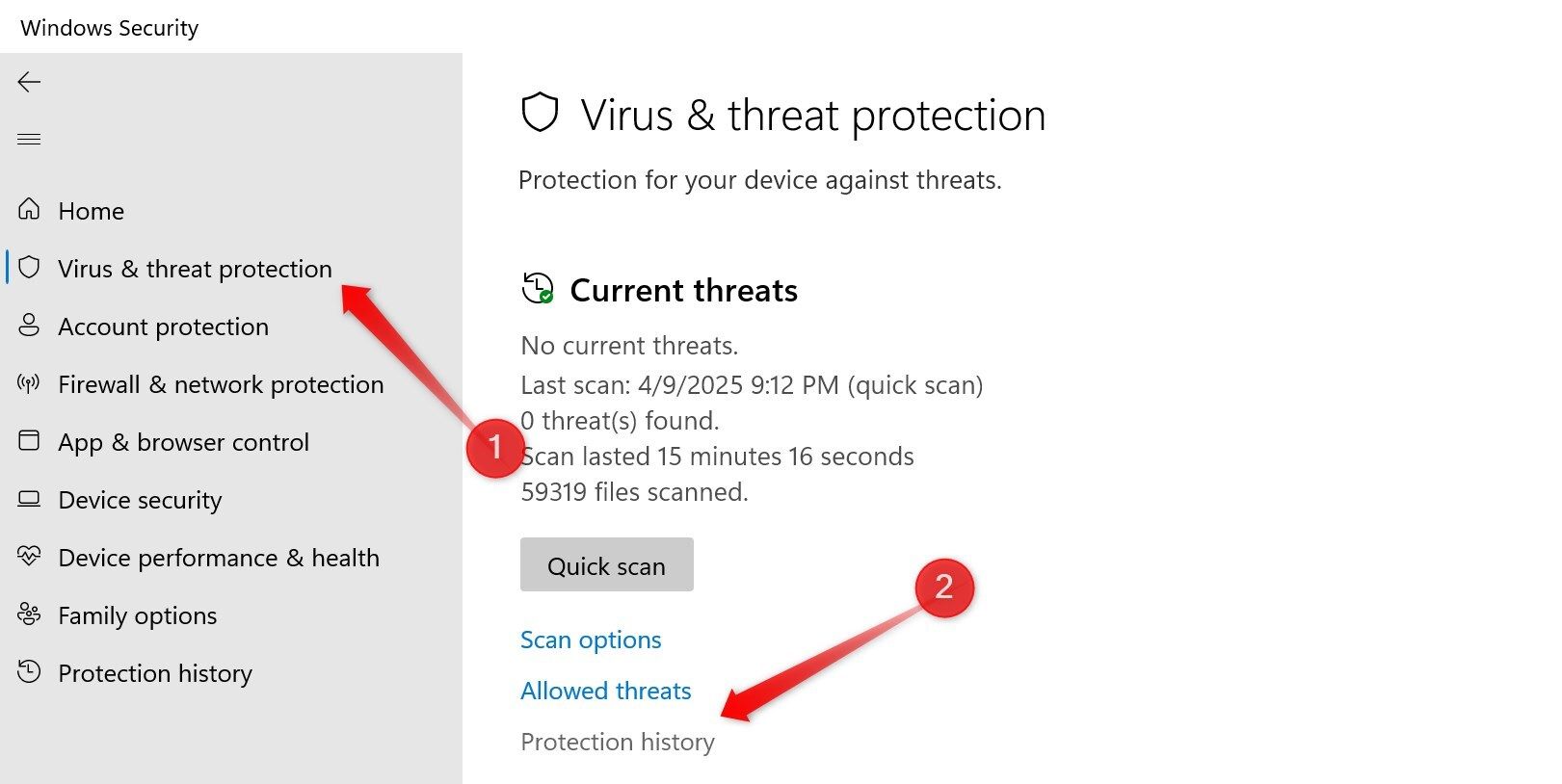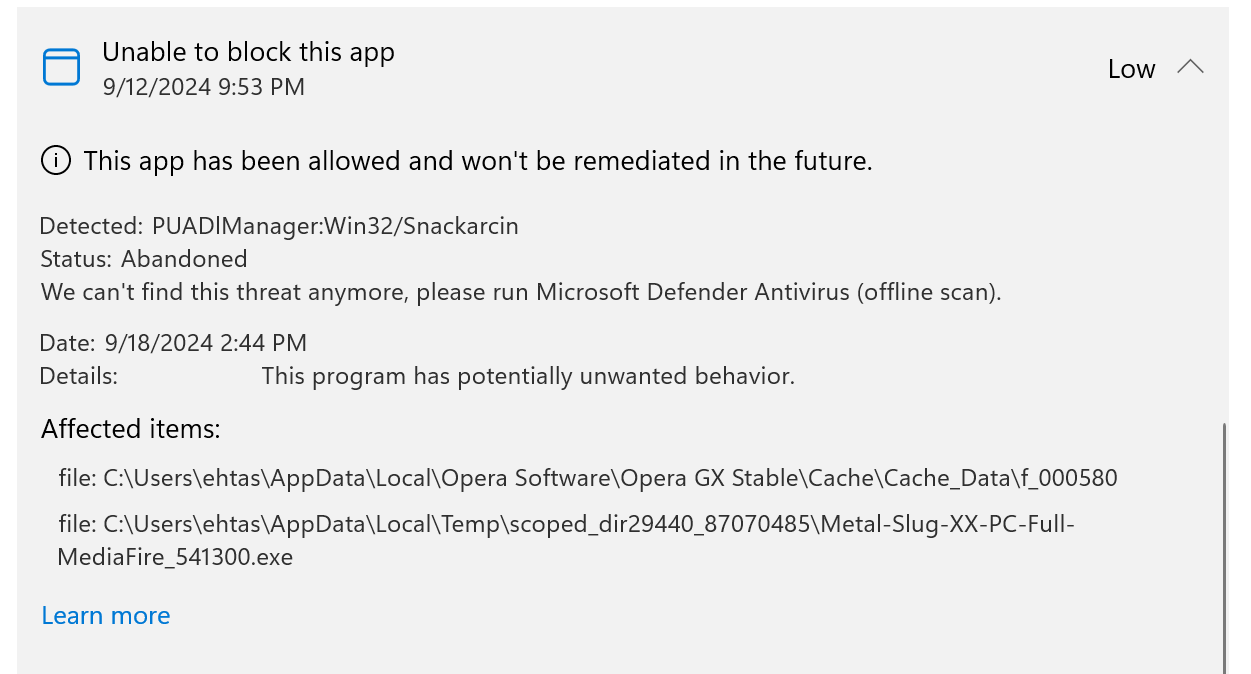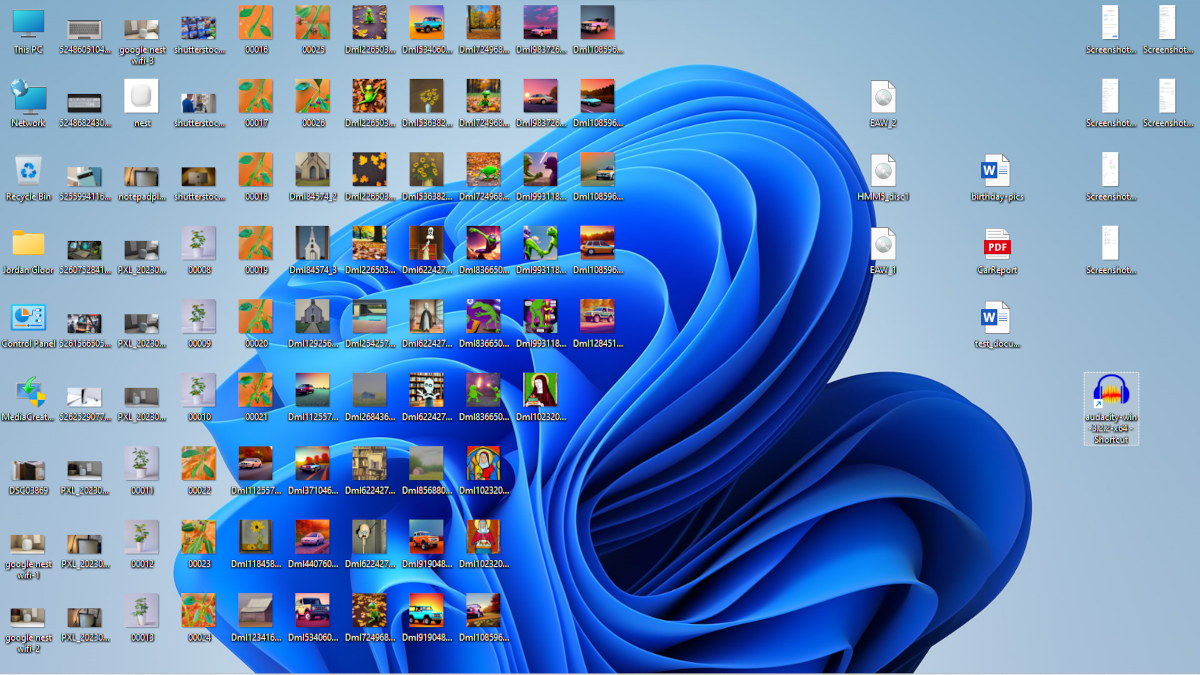Given how much our Windows computers handle, they need some upkeep to run smoothly. Without regular maintenance, performance may dip, security can be at risk, and hardware issues might go unnoticed. Here are some routine tasks you should do to help your computer run without hiccups.
6
Review and Install Optional Updates
Windows automatically installs critical security and system updates, but it leaves some updates as optional, letting you decide whether or not to install them. While skipping these might not immediately harm your system, I recommend reviewing and installing them selectively—especially when facing performance issues, app bugs, or compatibility problems.
To check for optional updates, open the Settings app, click “Windows Update” in the left panel, then go to “Advanced Options” on the right. Under “Additional Options,” select “Optional Updates” to view what’s available. Just check the ones you want to install and click “Download and Install.” Restart your computer if Windows prompts you to do so.
5
Check Protection History in Windows Security
Microsoft Defender operates in the background to detect malware, viruses, and other threats. When it detects something suspicious, it removes, quarantines, or blocks it. While it does notify you when an action is taken, you might overlook or miss the alert. That’s why you should regularly check the Protection History, where Windows logs all past security events.
This lets you stay informed about potential threats your device has encountered, avoid future risks, and unblock safe files or apps that may have been mistakenly flagged. To view Protection History, open the Windows Security app, select “Virus and Threat Protection,” and then click “Protection History.” Here, you’ll see recent events categorized by severity.
You can click on any item for more details, and if it’s a false alarm, you can allow the action or follow any recommendations provided by Windows.
4
Test Your Data Backups
You probably back up your data to ensure you can recover it if something goes wrong with your computer. But when was the last time you tested the backup? Imagine depending on it only to find you can’t restore your files when needed. That’s why you should test your backup to ensure it’s restorable and give yourself peace of mind that your data is secure.
If you’ve set up automatic backups, check that key files are being backed up. Then, restore a few random files to ensure everything works properly. Review the backup frequency and adjust it if needed. I suggest backing up your data in two separate locations using different methods. This ensures you’ll have an alternative backup if one fails for any reason.

Related
10 Common Backup Mistakes Most People Make
The best time to evaluate your backup routine is before you need to rely on it.
3
Declutter Your Windows Desktop
We often neglect our computer’s desktop, not realizing how quickly files, folders, and shortcuts pile up and take over the screen. This messes up the display, slows down Windows startup time, and makes it harder to find the shortcuts we use most. That’s why you should set aside time each week to declutter the desktop and make your workspace cleaner.
To tidy things up, delete files and shortcuts you only stored temporarily, remove any duplicate shortcuts, group files into clearly labeled folders, and keep only the shortcuts to the programs you use most. You can also opt for a simple, minimalist wallpaper that doesn’t add extra visual clutter to your screen. This will make your desktop look more organized and easier to navigate.
2
Check for Overheating
Overheating is a common issue for computers. It can lead to thermal throttling, which slows down system performance. While you can feel the surface of your device to check for heat, I recommend using a tool like HWMonitor to get an accurate temperature reading.
To do this, download the HWMonitor app and run it to track the internal temperatures of your CPU, GPU, and other sensors. If you notice temperatures consistently above 80°C, take steps to cool them down. Clean dust from your laptop’s vents, use your computer in a well-ventilated space and place your laptop on a stand to improve airflow.
Additionally, don’t run multiple resource-heavy programs simultaneously, avoid charging your laptop while using it, and take other measures to prevent your device from overheating.
1
Run System Diagnostics
The sooner you identify hardware issues with your computer, the faster you can take action to avoid performance decline and potential damage to other components. I regularly run diagnostics to check the health of the hard drive, CPU, GPU, RAM, battery, and more. This routine helps me catch problems before they escalate.
For example, you can run the Memory Diagnostic tool to check your RAM, generate a battery health report to see how your battery is performing, stress test your GPU and CPU to assess their performance and check for disk errors to detect system issues and bad sectors. Even if everything seems okay, the data lets you stay informed about your device’s health.
I hope you now understand why I’ve included the above tasks in my routine and how they help keep my Windows laptop running smoothly. Will you include them in your maintenance routine?







